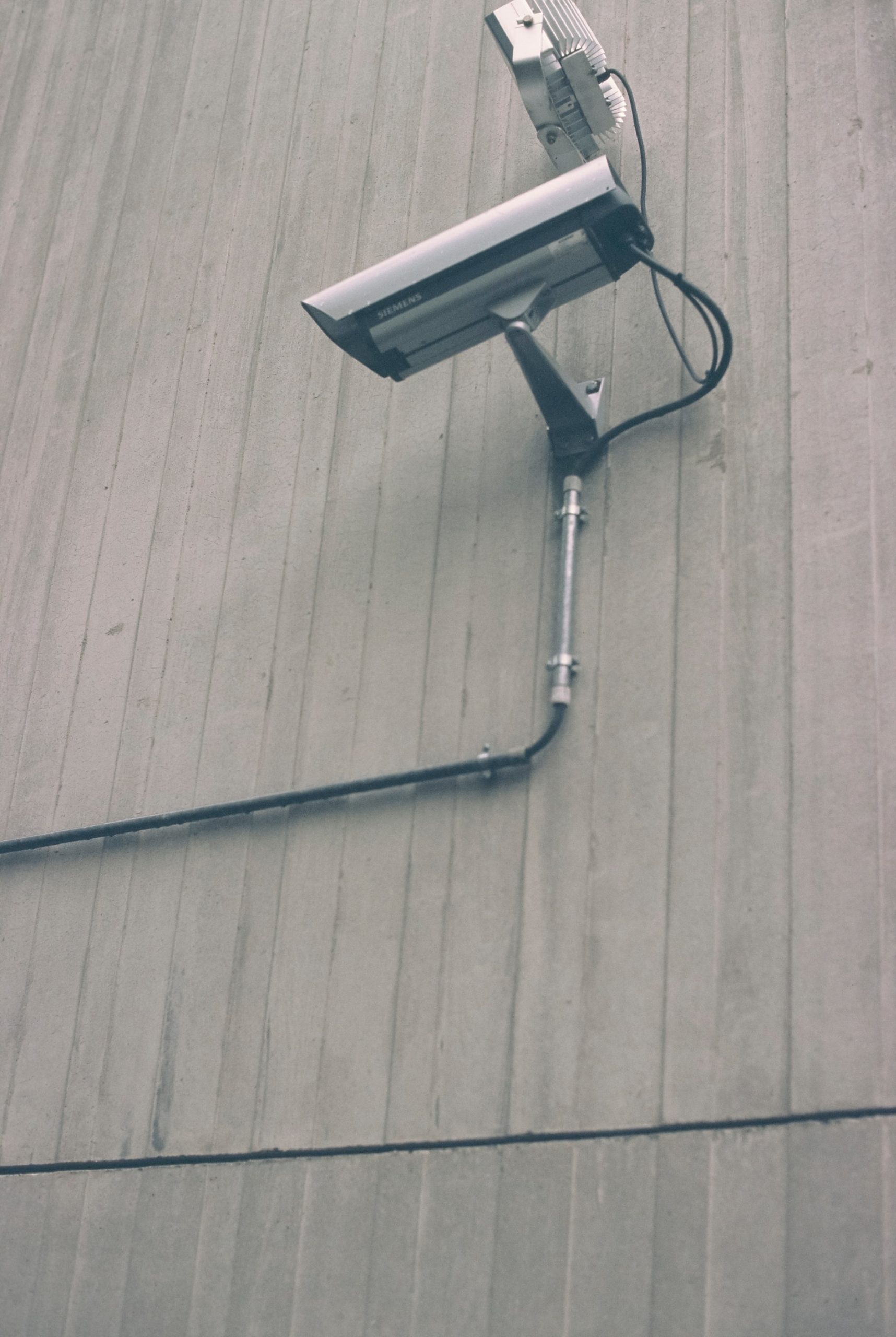Last Updated on: 21st November 2023, 09:00 pm
Structures of any kind are susceptible to damage brought on by what could qualify as catastrophes or essentially equate to perils like “earthquakes, fire, flooding, wind, and its resultant debris, landslides, being overloaded by contents, or undermined by adjacent construction.”
When these same structures are left to deteriorate, the damages begin to affect the integrity showing up in the form of “corroded metal, fatigue resulting in cumulative damages, settling of the foundation, decaying wood, adjacent construction creating vibration, harsh chemicals attacking concrete.”
Building movement monitoring with a professional, knowledgeable staff like those with ASES Building Movement Surveys or Structural Health Monitoring can mitigate the high price point needed for making expensive repairs when they detect the deterioration as it happens.
When key elements of the structure are consistently monitored, it’s possible to reduce the likelihood of long-term damage. Monitoring is beneficial even when damage has occurred in an effort to sustain the remaining integrity of an existing structure.
How does building movement monitoring aid when surveying new projects? Let’s learn.
How Do You Determine Monitoring For Your Project
While building monitoring is key to retaining the integrity of existing structures, deformation monitoring is an essential element for worksite safety, with most construction projects worldwide requiring the skill.
Job sites will often suffice with a manual monitoring survey, but critical safety situations will warrant “real-time, automated” systems. A priority is to know when to use which system for the optimum success of the overall project.
Why Is Deformation Monitored
Deformation monitoring is a process where an object’s movement is measured over the course of a specific period of time. This is a critical component for contractors on a construction site in ascertaining the health of structural elements.
Each level, from the owner to the contractor, depends on the monitoring data to learn details on specific structural movements or “earth formations” in order to protect the investment, ensure optimum safety, and to assist in making educated decisions. Go to https://www.structuremag.org/
What’s The Difference Between Manual And Automated Monitoring Systems
Manual monitoring is familiar to the industry. These are also referenced as “periodic or campaign-based.” These are typical for a lower frequency, roughly once each week, with no need for instrument installation on the worksite like the standard equipment of a tripod or data collector.
Manual monitoring is usual when an object needs to be monitored with construction through observation of distinct points of a construction area or monitoring a certain operation, like the transport of a significant load across a bridge within a specific timeframe.
Manual monitoring is most effective with subtle slow movements like a “drifted natural land or seasonal structural movement.”
The new normal within the “infrastructure contracts and asset maintenance” is automated monitoring systems due to connectivity innovations and options with power supplies.
This sort of system is required when life safety is in question, and a reaction needs to be immediate after the movement has been recognized. The measurement and assessment are consistent and continuous.
The equipment is either semi or permanently placed on the job site connected to permanent infrastructure. This reduces the requirement of frequent return visits enabling “the data to be collected and integrated autonomously.”
So that there be a timely response to unanticipated movement, surveyors can collect data with frequencies that range in the “hundreds of measurements per second and go to hourly or even daily updates.” Visit here for the importance of monitoring movement services.
Final Thought
Regardless of the type of job site or the size, most industrial sites require one or the other in terms of a manual or automated monitoring system.
A priority will be determining which will work best for your site, keeping contractors, owners, and operators optimally safe, and satisfying your circumstances.
In most situations, the manual system is used without a need to keep equipment on-site or a need for the intricacies that the advanced system incorporates.
The benefit of having access to both is the capacity to go automated for that added safety layer to protect contractors should that precision be needed. The reaction time with the automated system when movement is detected can be immediate. No contractor will have a problem with that.






